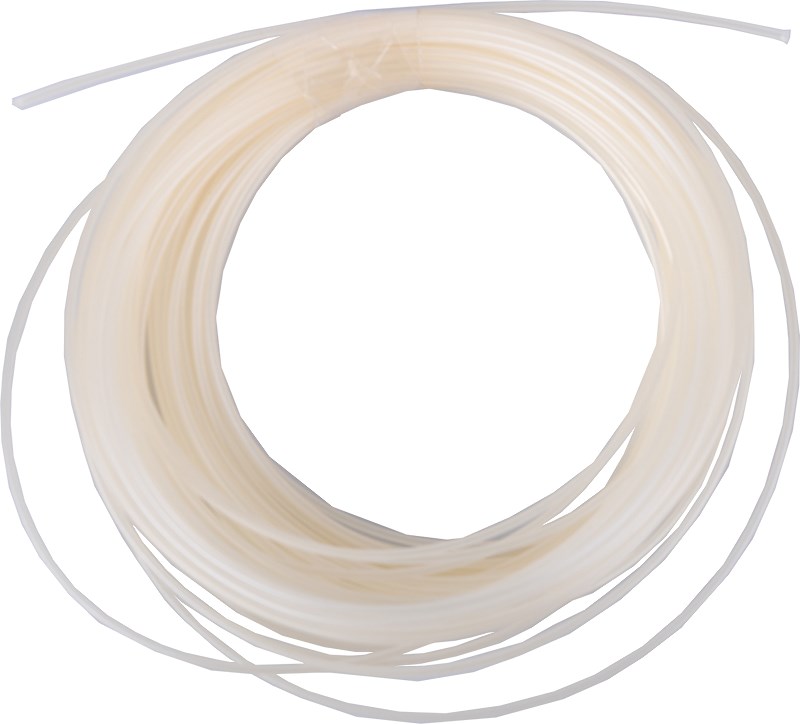6,90 €
Each offer available in the Tennis Zone is an original product, coming directly from manufacturers or trusted distributors.

6,90 €

6,90 €
Wysokiej jakości syntetyczny naciąg zapewniający dobrą kombinację mocy i oddawania energii z każdego uderzenia z wysokim komfortem gry oraz długim utrzymaniem napięcia strun. Specjalna konstrukcja wykorzystująca kompozytową technologię mikrowłókien połączonych z mieszanką nylonu i co-polimeru zwiększa trwałość.

| Article number: | ST96951.1 |
|---|---|
| Color: | Natural |
| Material: | synthetic |
| Properties: | comfort dynamic maintenance of tension |
| String length (m): | 12 |
| String profile: | soft |
| Structure: | multifilament |
Wysokiej jakości syntetyczny naciąg zapewniający dobrą kombinację mocy i oddawania energii z każdego uderzenia z wysokim komfortem gry oraz długim utrzymaniem napięcia strun. Specjalna konstrukcja wykorzystująca kompozytową technologię mikrowłókien połączonych z mieszanką nylonu i co-polimeru zwiększa trwałość.

| Article number: | ST96951.1 |
|---|---|
| Color: | Natural |
| Material: | synthetic |
| Properties: | comfort dynamic maintenance of tension |
| String length (m): | 12 |
| String profile: | soft |
| Structure: | multifilament |
Each offer available in the Tennis Zone is an original product, coming directly from manufacturers or trusted distributors.
Sign up for the free newsletter and do not miss any promotions and news, as well as individual offers from our store.
Functional cookies are absolutely necessary for the functionality of the web shop. These cookies assign a unique random ID to your browser so that your unhindered shopping experience can be guaranteed over several page views.
Marketing cookies are used to display advertisements on the website in a targeted and individualized manner across multiple page views and browser sessions.
Tracking cookies help the shop operator to collect and evaluate information about the behaviour of users on their website.
These cookies are used to collect and process information about the use of the website by users, in order to subsequently personalise advertising and/or content in other contexts.
Service cookies are used to provide the user with additional offers (e.g. live chats) on the website. Information obtained via these service cookies may also be processed for site analysis.




